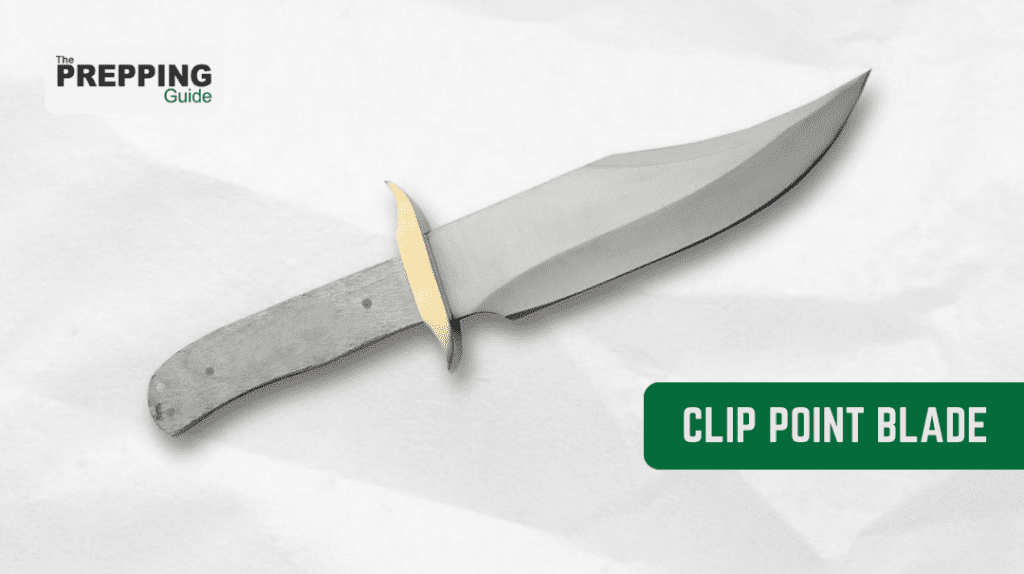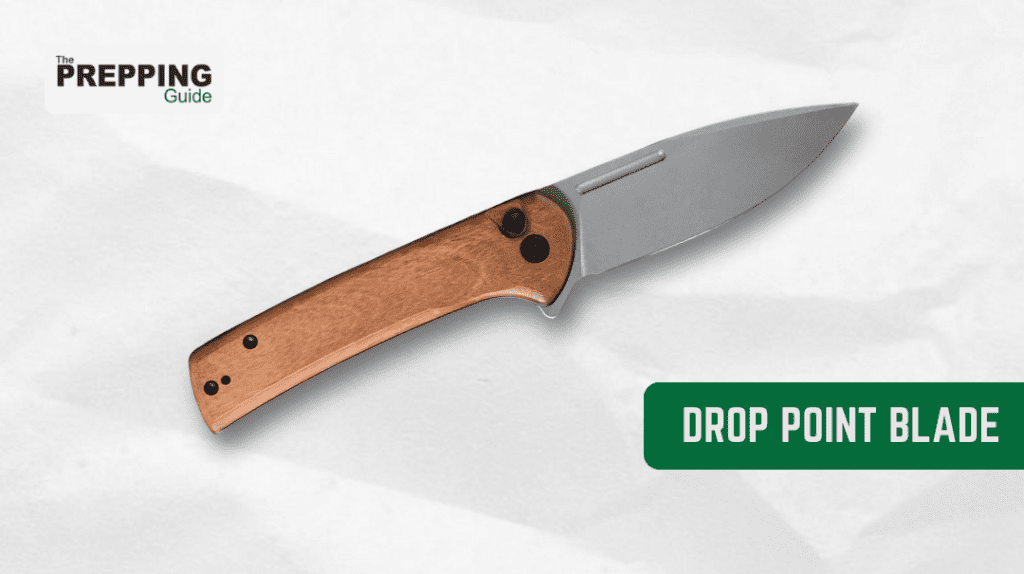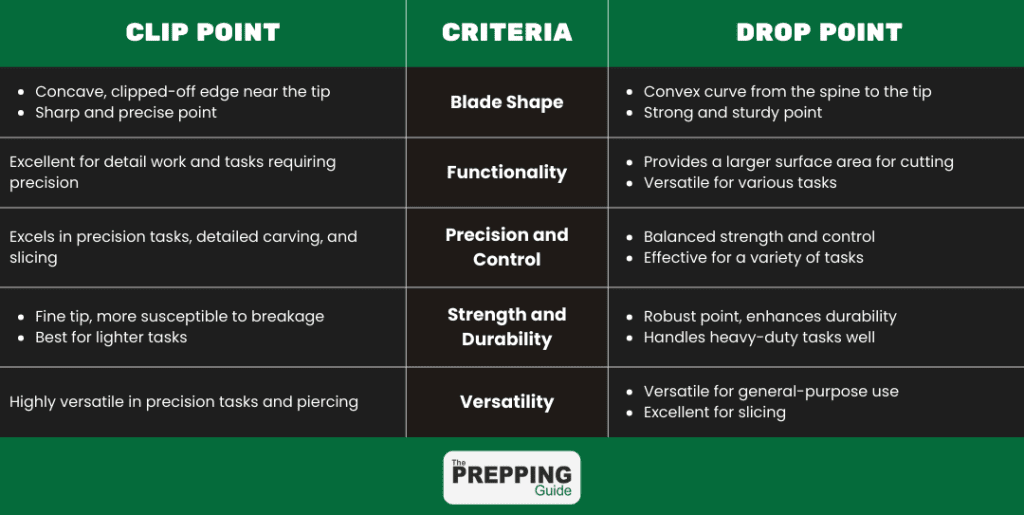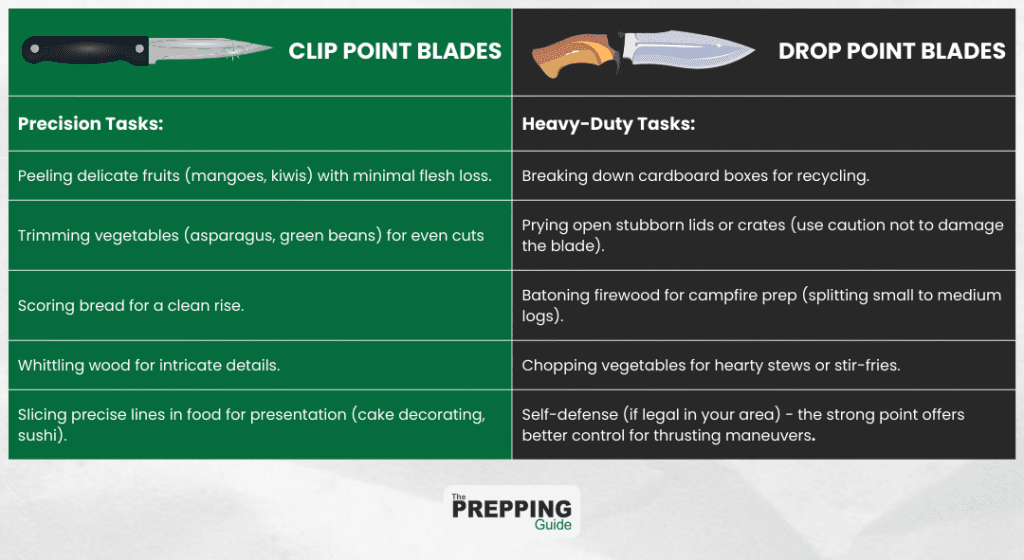When choosing the right knife, understanding the differences between clip point vs drop point designs is crucial. These two popular blade shapes each offer unique advantages, making them suitable for various tasks and preferences. Originating from traditional designs and evolving through modern innovations, clip point and drop point knives have become staples for hunters, outdoor enthusiasts, and everyday users.
Key Takeaways:
- Clip point knives have a sharp, precise tip suitable for detailed work, while drop point knives have a rounded, durable tip ideal for tougher tasks.
- Clip points are best for precision tasks like carving, whereas drop points excel in robust activities such as chopping and general outdoor use.
- When selecting between a clip point and a drop point knife, consider your intended use.
- Both types of knives need regular cleaning, sharpening, and proper storage to maintain their performance and extend their life.
This article explores the design, functionality, and ideal uses for clip point and drop point knives, guiding you to choose the best blade for your specific requirements.
Understanding Clip Point Blades

Clip point blades are easily recognizable by their concave, curved edge near the tip, which looks as if it has been “clipped off.” This design creates a sharp, controllable point ideal for precision tasks. The spine of the blade usually runs straight from the handle before curving downward to meet the edge, giving it a sleek, streamlined look.
Often, the clip point design includes a false edge, an unsharpened edge on the back of the blade that enhances its piercing capabilities. This feature makes clip point blades highly effective for tasks requiring fine control and detailed cutting, such as slicing or carving.
Benefits and Limitations
Clip point blades are popular for their versatility and precision, but they also come with some drawbacks. Here’s a breakdown of their key benefits and limitations:
Benefits:
- Suitable for a wide range of tasks.
- Excellent for detailed work, such as skinning game or delicate cuts.
- Efficient for slicing and general cutting tasks.
- Generally easier to maintain a sharp edge.
Limitations:
- More prone to breaking or bending under heavy use.
- Less suitable for prying, chopping, or tasks requiring significant strength.
- The sharp point can be hazardous if not handled properly.
- May require more frequent maintenance compared to other blade types.
Exploring Drop Point Blades

Drop point blades feature a convex curve from the spine to the tip, creating a strong, sturdy point that is less likely to break. The spine gently slopes downward towards the tip, resulting in a gradual curve compared to the clip point design. This shape provides a larger surface area for cutting and slicing, making it highly versatile.
The drop point design is favored for its balance of strength and control. The wide belly of the blade is particularly useful for slicing, while the strong point can handle more demanding tasks without compromising durability.
Benefits and Limitations
Drop point blades are known for their strength and durability, making them a popular choice for various heavy-duty tasks. Here are their main benefits and limitations:
Benefits:
- Broad tip is less likely to snap or bend.
- Ideal for hunting, survival situations, and outdoor activities.
- Effective for general-purpose use, from slicing to chopping.
- Suitable for a wide range of tasks.
Limitations:
- Rounded point lacks the precision of a clip point blade.
- Less effective for tasks requiring a fine, sharp point.
- Less suitable for piercing tasks compared to clip point blades.
- May be heavier and bulkier, which could be a drawback in certain situations.
Comparative Analysis: Clip Point vs. Drop Point
To understand which blade type suits your needs, it’s essential to compare the shape and functionality of clip point and drop point knives and identify their ideal use cases.
Blade Shape and Functionality
Clip point blades are characterized by a concave, clipped-off edge near the tip, creating a sharp, precise point. This shape is excellent for detail work and tasks requiring precision. The thin tip allows for intricate cuts, making it ideal for piercing and slicing.
On the other hand, drop point blades feature a convex curve from the spine to the tip, resulting in a strong and sturdy point. This design provides a larger surface area for cutting and slicing, making the blade versatile for various tasks. The strong tip enhances durability, allowing the knife to handle heavy-duty tasks without breaking.
Precision and Control
Clip point knives excel in tasks requiring precision and control, such as detailed carving and slicing. The sharp point allows for intricate cutting, making clip point blades ideal for activities that demand fine detail. On the other hand, drop point knives provide a balanced approach, offering both strength and control. While they may not be as precise as clip point blades, drop point knives are still highly effective for a variety of tasks, providing reliable control in different situations.
Strength and Durability
The strength and durability of clip point and drop point knives vary significantly. Clip point blades, with their fine tips, are more susceptible to breakage, making them less suitable for heavy-duty tasks. This design is best reserved for precision work and lighter tasks. In contrast, drop point knives boast a robust point and a wide belly, enhancing their durability and making them well-suited for tougher tasks. The sturdy construction of drop point blades allows them to handle demanding activities without compromising their structural integrity.
Versatility
Both clip point and drop point knives offer versatility, but in different areas. Clip point knives are highly versatile in precision tasks and piercing, making them suitable for detailed work and situations requiring a sharp, controllable point. Drop point knives, however, are highly versatile for general-purpose use. The wide belly and strong point of drop point blades make them excellent for slicing and capable of handling a variety of demanding tasks. Their versatility makes them a reliable choice for a broad range of applications.
Here’s a closer comparison to help you understand the best knife for you:

Choosing the Right Knife for Your Needs
When selecting between a clip point and a drop point knife, consider your intended use. If you need a knife for detailed work and precision tasks, a clip point blade is likely the better choice. Its sharp point and controllable design make it ideal for activities requiring intricate cuts.
For those needing a solidly built and versatile knife, the drop point blade is more suitable. Its strength and durability make it perfect for heavy-duty tasks and general outdoor use. Additionally, consider the knife’s overall durability and maintenance requirements to ensure it meets your long-term needs.
Here’s a table to help you determine which one to choose depending on intended use:

Maintenance and Care Tips
Proper maintenance is crucial to ensure the longevity and performance of your knives. For clip point and drop point blades, regularly clean the blade with warm, soapy water and dry it thoroughly to prevent rust and corrosion. Applying a light coat of oil can also help protect the blade.
Sharpen your knife regularly to maintain its edge. Use a sharpening stone or a honing rod, following the manufacturer’s instructions. Store your knife in a dry place, ideally in a sheath or knife block, to protect it from damage and moisture.
Conclusion: Matching the Blade to the Task
The decision between a clip point and a drop point knife boils down to your specific needs and the types of tasks you anticipate undertaking. If precision and control are paramount, the clip point knife offers unmatched capabilities for detailed and intricate work. Conversely, for robustness and all-around utility, the drop point knife excels, providing reliability across a broader range of activities.
By understanding the distinct characteristics and strengths of each blade type, you can make an informed choice that best complements your lifestyle, whether it be for outdoor adventures, culinary arts, or general everyday use. Remember, maintaining your knife in prime condition will enhance its performance and extend its lifespan, ensuring it remains a trusted tool in your kit.
FAQs
Can you use a clip point knife for hunting?
Yes, a clip point knife can be used for hunting, especially for tasks requiring precision, such as skinning game. However, its thin tip may not be as durable for heavy-duty tasks compared to a drop point blade.
Is a drop point knife good for everyday carry?
A drop point knife is excellent for everyday carry due to its versatility and durability. Its broad blade and strong tip make it suitable for various tasks, from cutting and slicing to more demanding outdoor activities.
What blade type is better for survival situations?
For survival situations, a drop point knife is generally better due to its robust design and versatility. The strong tip and ample cutting surface make it ideal for a wide range of tasks, including chopping, slicing, and general outdoor use.
How do blade materials affect the choice between clip point and drop point?
Blade materials significantly impact the knife’s performance and durability. High-carbon steel blades offer excellent edge retention and sharpness, while stainless steel blades provide better corrosion resistance. Choose the material that best suits your needs and maintenance preferences.
What are the cost differences between clip point and drop point knives?
The cost differences between clip point and drop point knives can vary based on factors such as brand, materials, and craftsmanship. Generally, high-quality knives of both types are available at similar price points, with specific features and materials influencing the overall cost.
